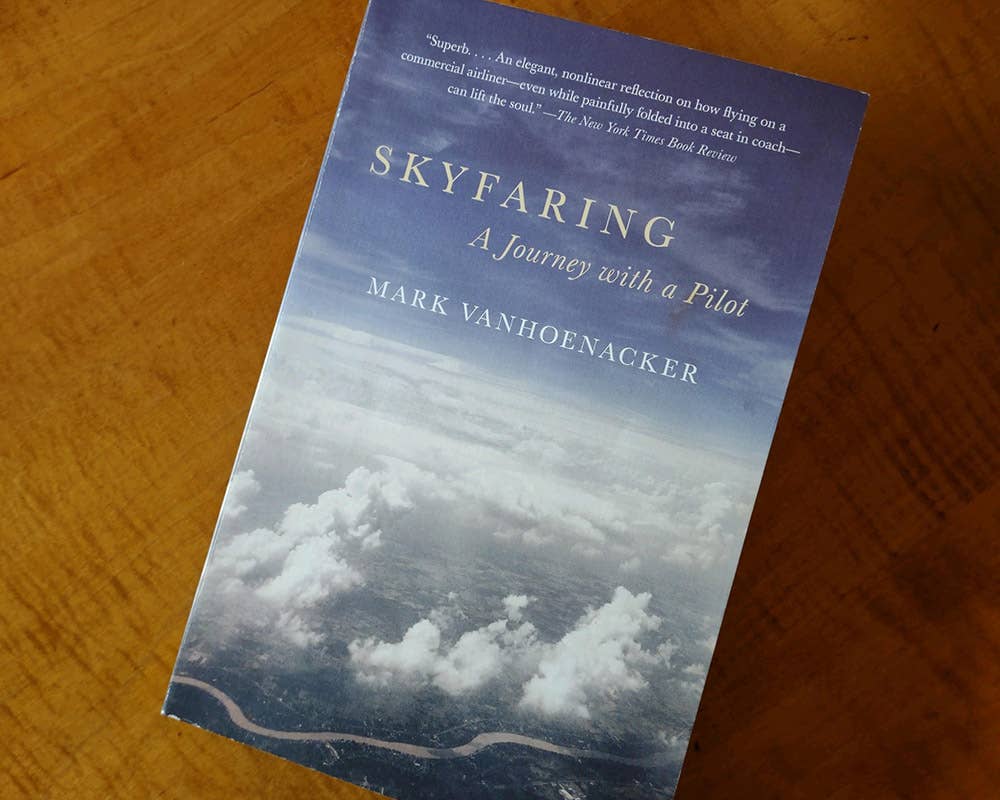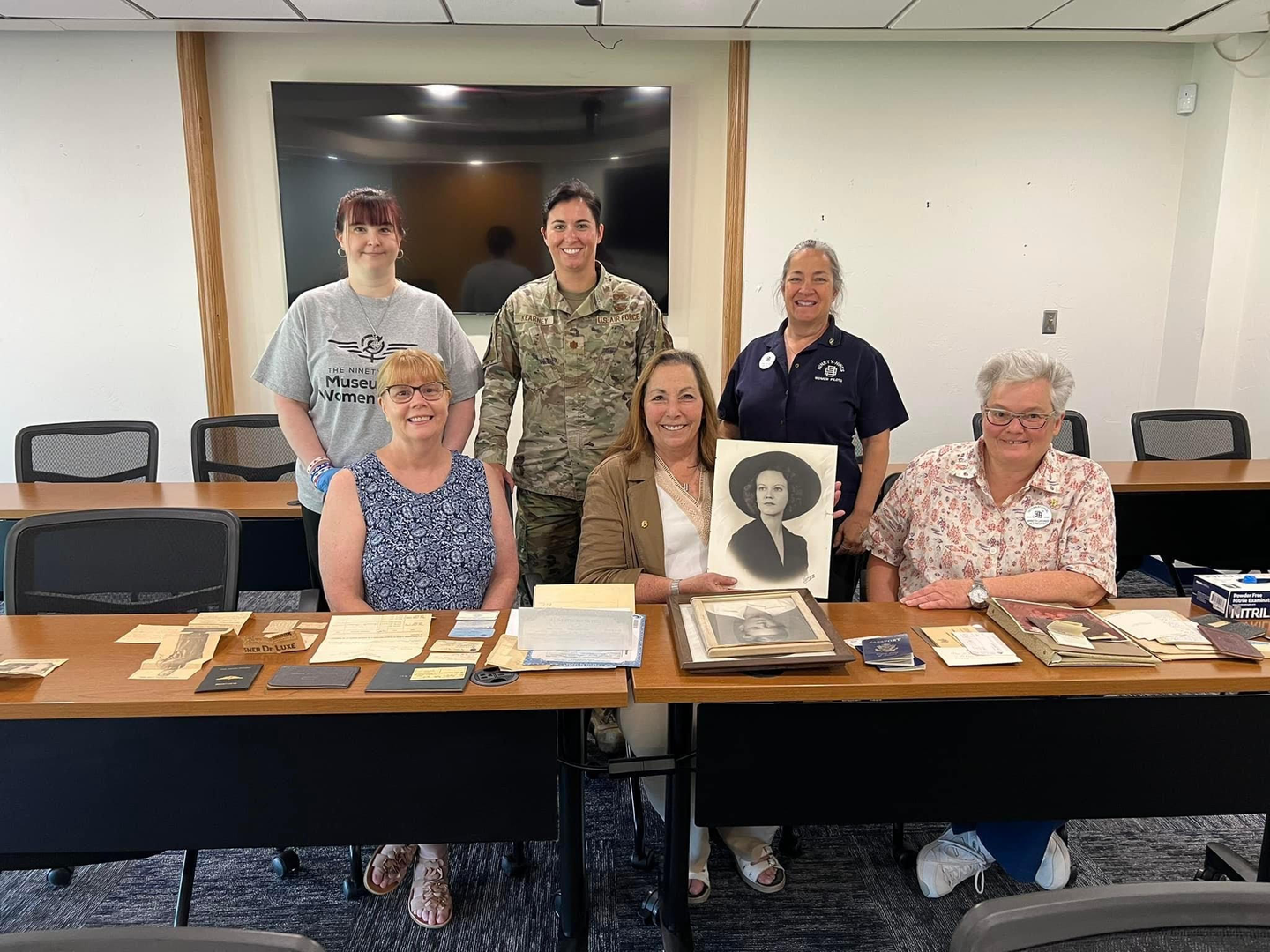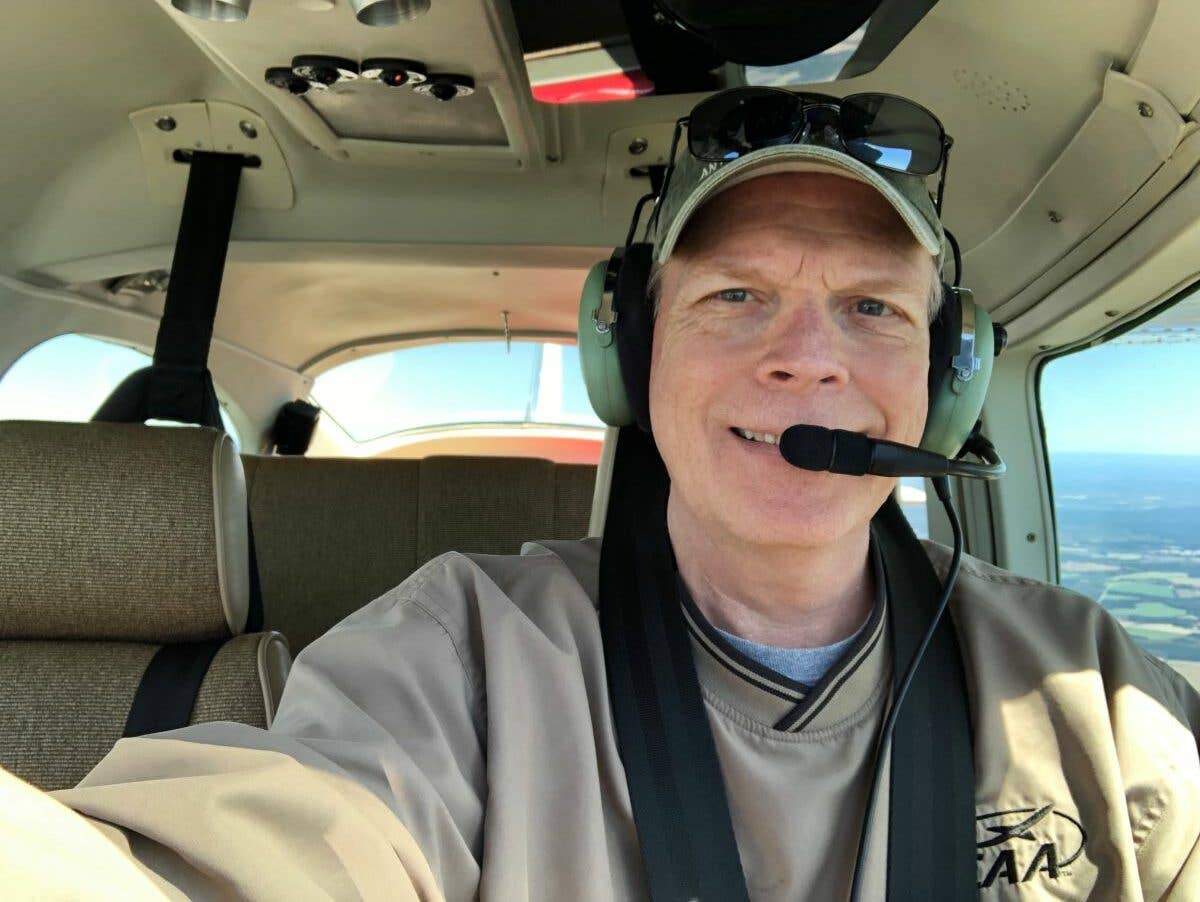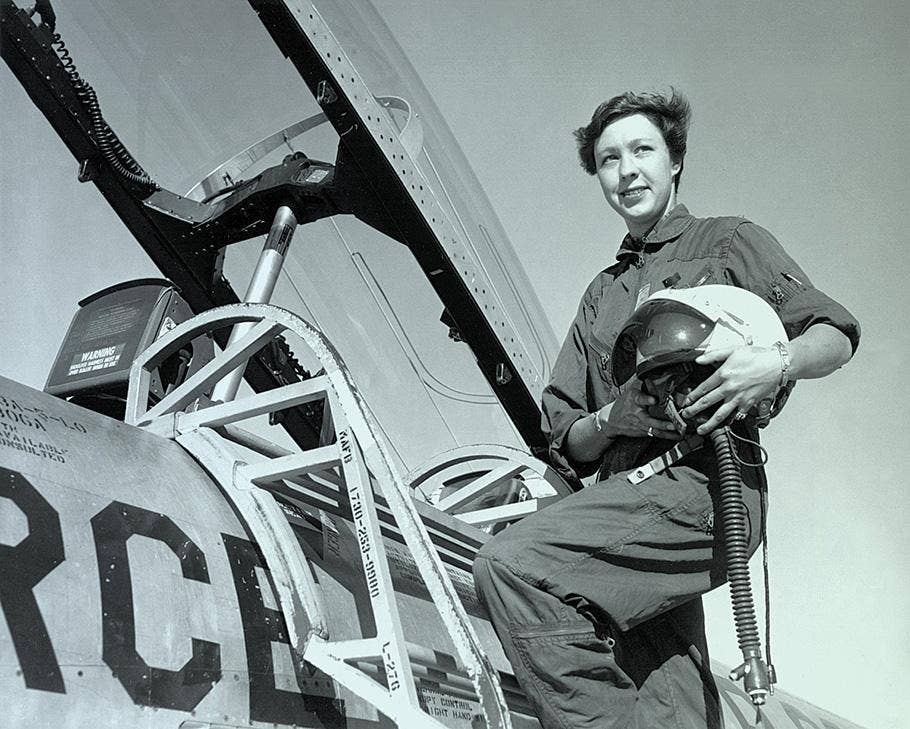Good FLYING Reads: Skyfaring—A Journey with a Pilot
An airline pilot’s accounts of life aloft ring true with general aviation fliers.

[Photo: Jonathan Welsh]
One could debate whether Mark Vanhoenacker’s Skyfaring—A Journey with a Pilot, is more essay or memoir, but what matters more for other pilots and aviation enthusiasts is that this is a book about flying.
From the mechanics and formalities of the endeavor to its potential for joy and heartbreak, the book reveals flying in precise detail as the author invites readers into the cockpit on long-haul international routes. We also accompany him in the hotels, restaurants, and meeting rooms that punctuate his daily routine. There is even a night spent in a Boeing 747’s crew bunk that might induce claustrophobia.
“...the book reveals flying in precise detail as the author invites readers into the cockpit on long-haul international routes.”
Private pilots will appreciate that while Vanhoenacker took flying lessons as a teenager, he did not complete his flight training and begin his aviation career until many years later, after working at other jobs. He recalls arriving at a small, rural western Massachusetts airport for his first lesson after a childhood spent obsessing over aircraft from afar.
“I’m surprised to suddenly find myself on the other side of the fence. Until today I’ve only seen planes from a distance or entered them through a jetway that masks nearly all of the experience.”
The author’s thorough description of his first encounter with a small airplane includes the flimsy feel of its doors compared with those of a car, the cockpit’s relative lack of comfort and the many protruding parts on which to bump one’s head. These details are sure to evoke memories for pilots but also for most people who have undertaken a new activity that involved unfamiliar equipment. Throughout Skyfaring, Vanhoenacker seems careful to address his pilot and non-pilot audience.
Regular aviators will recognize his assessment of the personal conflict that comes with flying, the desire to reach one’s destination while also longing for the return home, and the no-turning-back commitment of being airborne.
He writes, “We can’t pull over halfway and silence the machine and stretch our legs,” or “hold onto the side of the pool. The adversity of the sky sharply divides the journey from the times and places that lie at either end.”
The process of determining the proper fuel load for an airliner may seem mundane, but here it can be interesting to passengers who are familiar with delays that wind up affecting fuel consumption, while striking a deeper chord with general aviation pilots who may have fretted over fuel occasionally.
“Flights often use a little more fuel than a straightforward calculation would suggest. The wind forecasts sometimes turn out to be not quite accurate, or the taxi-out takes longer, or we cannot fly at our optimal altitudes, or congestion delays our arrival. We are given a statistical allowance for all this based on a detailed history of fuel usage by flights on that route.”
Some passages, however, feel like gifts to anyone who has piloted a small airplane on a journey without the pressure of a tight schedule. Vanhoenacker describes a day near the end of his airline flight training in England when his instructor realized that his student needed a few more hours to satisfy the training requirements. They took off with the simple goal of logging a little more than three hours—a flight to nowhere.
“As we turn back toward Oxford, we see the puffy billows of water are blossoming all over southeast England, called up by the afternoon sun, as densely and randomly as dandelions in a field. For perhaps the most joyful half hour I will ever spend in the sky, I bank the plane left and right, frolicking and dodging through gaps that so many unseen calculations of air and sun and earth have left. I try to pin down what this sense of weaving reminds me of. The visual effect resembles a lower-stakes crossing of an asteroid field in a science fiction film. But such physical interactions with the clouds feel more like some aerial emancipation of downhill skiing.”
What GA pilot hasn’t had at least a few days like that?

Sign-up for newsletters & special offers!
Get the latest FLYING stories & special offers delivered directly to your inbox






